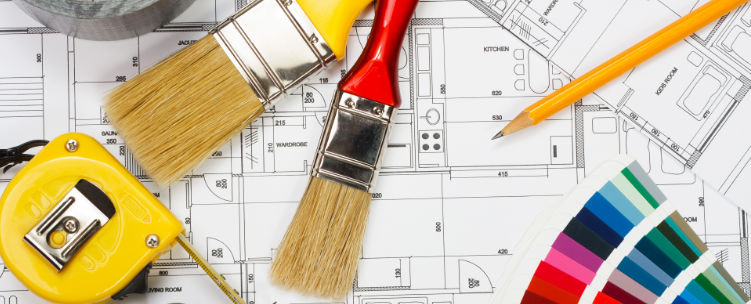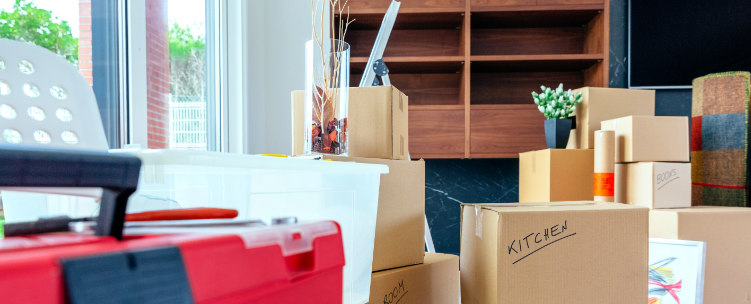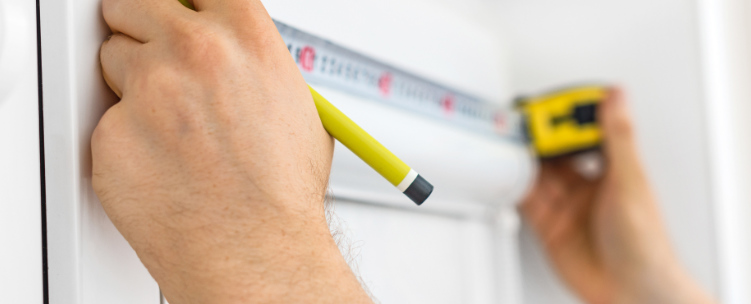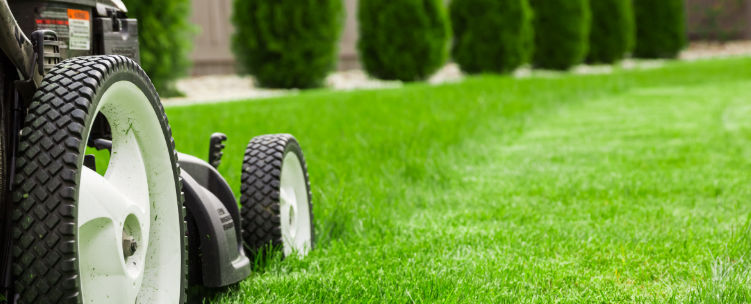As the leaves change and the days get shorter, we know that cooler temperatures are on the horizon!
While the cooler weather is a nice change to the hot humid days of summer, the transition can be hard on your home. There is more to think about than switching off your AC and turning on your heat. To help you prepare, here are a few home projects to complete this fall.
Entry way
It’s time to dig out your boots, coats, scarfs, gloves and hats! Although these items can be great for fashion, they can be a bit of an eye sore in our entry ways. Start by putting away all your summer gear to make more room for bulky items. Stay organized and minimize clutter by adding extra hooks and storage bins to separate your essentials and save time when leaving your house. Foot mats are also great to contain dirt and eliminate wet floors!
Garage Maintenance
There’s nothing better than getting into a warm car free from snow and frost during the cold winter months. The best way to make room for your car and other winter tools is to do a little fall maintenance. Start by hanging up your bikes and setting aside your lawn mower. Make sure your snow blower, shovels, holiday decorations and other necessities like windshield wiper fluid are easily accessible. Do your due diligence and check the condition of your winter supplies. The last thing you want is to realize you need to replace a broken shovel after a big snow storm!
Garden and Lawn
Growing season has come to an end but that doesn’t mean your garden and lawn can be left alone until next year. There is some preparation you should do to ensure your yard thrives come spring. If you have a vegetable garden, gather all your herbs and veggies as they will be great for soups and hearty meals! Don’t forget to pull up any weeds to save you some much needed time in the New Year. When it comes to your lawn, short grass can be susceptible to damage during cold temperatures. Make sure to trim your lawn but leave 2- 1/2 inches of height as well as fertilizer for protection.
Doors and Windows
A lot of air can escape or enter a home if your doors and windows aren’t properly sealed. This can be very costly on your monthly utility bills! Take a few minutes to check the weather stripping around your windows and doors to ensure there aren’t any gaps between the fixture and the frame. Thick curtains are another great insulation tool and will act as a great décor element in your home.
Home Décor
Last but not least pull out your favourite cozy blankets, change your bed sheets and add some festive fall décor! It can be easy, affordable and fun to make small seasonal changes around the house. You will be surprised at how new throws or pillows can really change the look and feel of a space.










